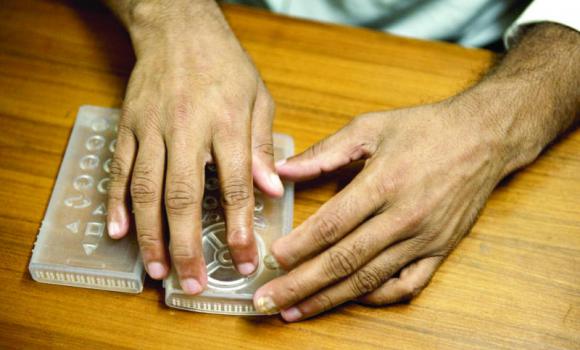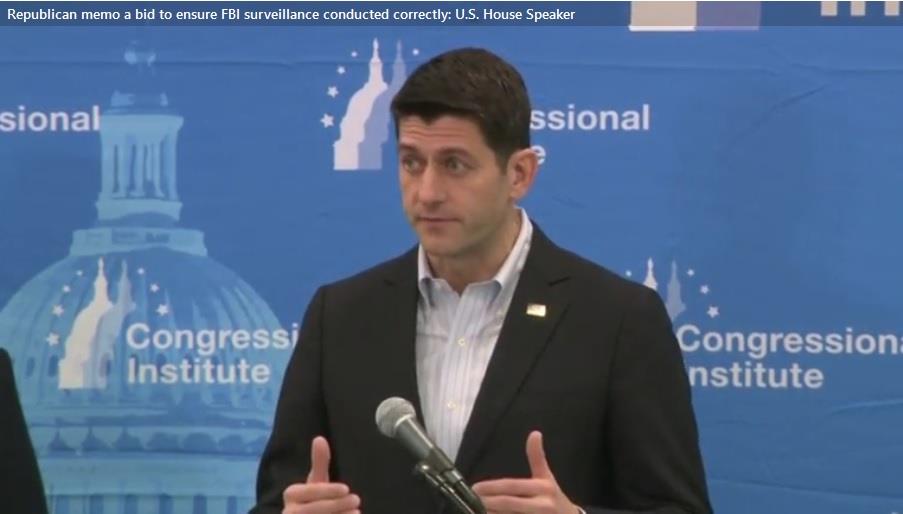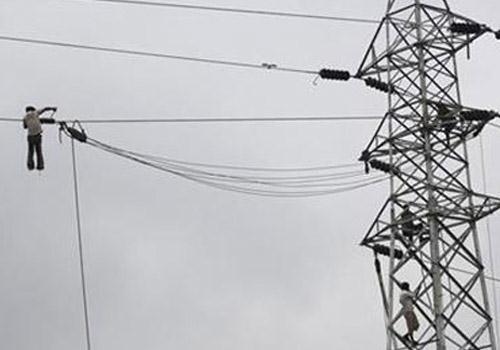November 29, 2012
A 29-year-old Indian inventor yesterday won $50,000 to help him make a new low-cost mobile phone for the blind that uses a Braille display.

At the Rolex Awards Tuesday, a blind Indian person tests a Braille prototype phone casing at The Saksham Trust in New Delhi on Aug. 29. (AFP)
November 29, 2012
A 29-year-old Indian inventor yesterday won $50,000 to help him make a new low-cost mobile phone for the blind that uses a Braille display.

At the Rolex Awards Tuesday, a blind Indian person tests a Braille prototype phone casing at The Saksham Trust in New Delhi on Aug. 29. (AFP)
Sumit Dagar, an industrial designer from New Delhi, beat thousands to win the money from watch company Rolex, which announced the five winners of its Awards for Enterprise scheme.
Dagar is developing a phone with a display panel of tiny bumps that can be varied in height independently to form characters in Braille, a system of reading for blind people invented by a Frenchman in 1824.
“In design, there is a certain negligence for minority groups as compared with the majority,” Dagar said, explaining why he had decided to take on the challenge.
“Design is something that bridges the gap between users and technology,” he added. He said the first prototype using a Braille screen that can display text messages and names would be ready in the next six months, with a “smartphone” incorporating maps and GPS technology part of his future plans.
The prototype is “the phone of the 1990s. It’s just that the display is in Braille,” he explained.
Phones that convert text into speech are already available for the estimated 285 million people worldwide who are blind or visually impaired, and Dagar faces competition from other designers vying to integrate Braille technology. South Korean manufacturer Samsung won a design award in 2006 for a prototype Touch Messenger phone that was developed in China allowing users to send and receive text messages in Braille.
But no Braille phone has been commercialized, said Dagar.
Experts say the Apple iPhone has also been revolutionary for many blind people in the rich world because of the number of applications designed for them, such as one that announces their exact location.
India is home to about one fifth of the world’s blind people, according to the World Health Organization.
A World Bank report published in 2007 found that disabled adults in India were much less likely to be employed than the general population, with just over a third, or 38 percent, in work.
Courtesy: AFP
















































































































